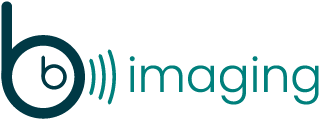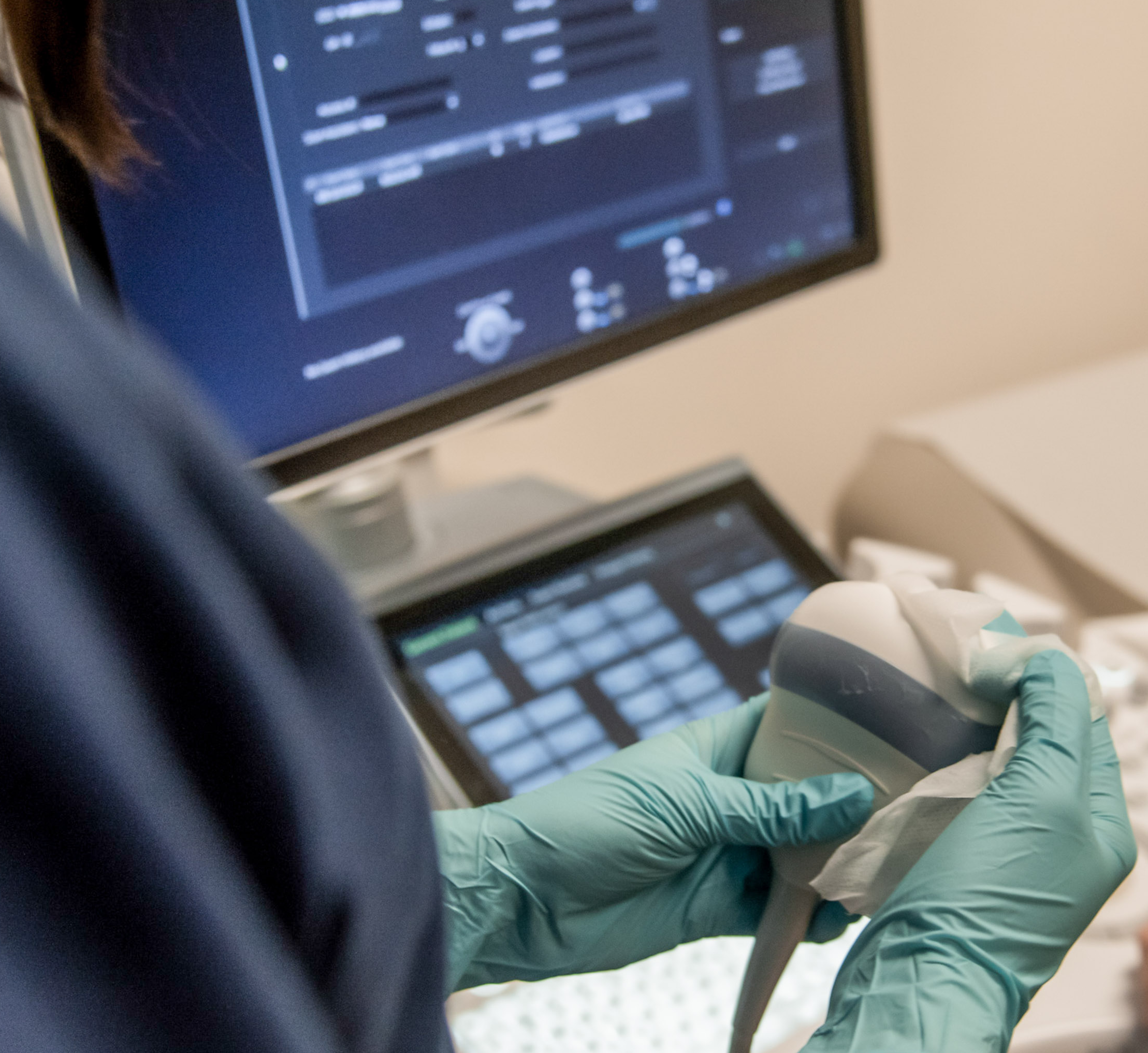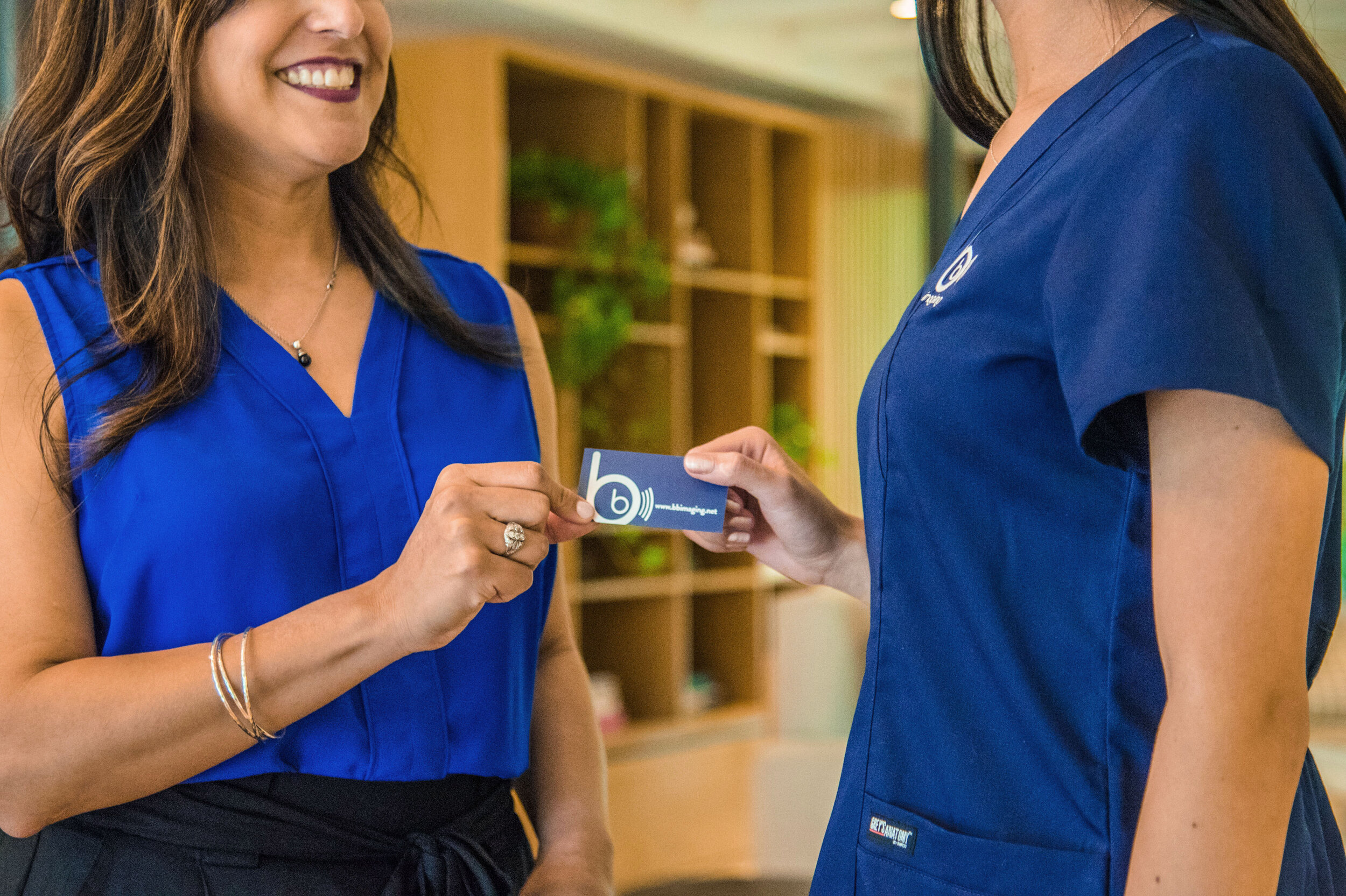Contributed by Jill Cacic
The holidays are the time of the year to say “thank you” to those special people in our lives. Friends, family, and our work team including the doctors, nurses, and administrative staff… but what about the sonographers? They are an important part of the healthcare ecosystem and deserve to be recognized for all of their work. So, what is the best gift for the sonographer in your life?
Here are a few ideas from stocking stuffers to the perfect present to place under the tree:
Stocking Stuffers
Coffee – Long hours, late nights and early mornings are no stranger to sonographers. They need to always be alert, so there is no better gift than the gift of coffee. Whether it is a nice bag of roasted coffee beans or a gift card to a local coffee shop, this will bring a jolt of holiday cheer!
Water Bottle – Staying hydrated throughout a sonographer’s busy day can be a challenge, especially if they do not keep a water bottle close. A personalized water bottle can be a great reminder to drink enough water throughout the day to avoid that afternoon fatigue.
Lip Balm – Why do medical buildings seem to be some of the driest places on the planet? Ensure they keep their lips moisturized throughout the day with an SPF-enhanced lip balm. Whether you choose to go with a fancy balm or a classic brand, there is an option for everyone.
Hydrating Hand Cream – There is nothing worse than the feeling of dry, cracked hands. Sonographers, as all medical professionals do, are constantly washing their hands which wreaks havoc on the two most important tools in their job. A hydrating hand cream will ensure their hands stay moisturized, even after the 13th washing of the day.
Industry Charm Necklace – With their line of work, sonographers cannot wear bracelets so look for a cute necklace instead. A charm necklace is a fun way to show off the important field they work in and offers customization options.
Custom Badge Reel – Sonographers must have their ID badge on them at all times, but that doesn’t mean it has to be on a boring badge reel or lanyard. Customize a reel just for them, and they’ll smile every time they see it.
Gifts For Under the Tree
Scrub Jackets – The temperature in an ultrasound room can get pretty low. A nice slim-fit jacket with ample pockets that they can throw on over their scrubs is an easy way to stay comfortable in unpredictably cold conditions.
Audible – An audiobook can take the stress out of any commute. A gift card for an Audible subscription means they can choose a new mystery novel to keep them on their toes, historical non-fiction to stretch those brain muscles, or a book on personal finances to make sure they are really prepared to buy that house.
Transducer Cable Brace – The use of highly repetitive motions, such as constantly moving or adjusting the transducer cable, can increase the risk of injury to the elbow, hand, and wrist. A cable brace will help hold and support the transducer cable or any other necessary cable, and alleviate some of that tension on the hand, wrist, and arm. It sounds like a savior to a sonographer!
New Scrubs (or a gift card for new scrubs) – The last thing sonographers purchases are new scrubs for themselves, yet it is their daily work uniform. Pick up a gift card so they can treat themselves to a nice, new set of scrubs.
Relaxation Gifts
Massage – Sonographers are on their feet all day long and use their arms to make sure they are getting the right read on the machine. All of that stress causes real wear and tear on their bodies. Book a massage so they can relax and destress this holiday season.
At-Home Massage Tool – While having a nice, hour-long massage is great, being able to de-stress when and where you need to is even better. This Theragun mini comes from the well-known brand but is small enough to be taken anywhere.
Comfortable Shoes – Being on your feet all day is tough on your whole body. Make their job a little easier by gifting them the gift of comfort. Comfortable shoes can make standing on your feet for eight hours feel like you have been floating on clouds.
Gym Memberships – Holiday potluck, anyone? A gym membership makes a great gift for a sonographer because he/she can use it to burn off those extra holiday cookie calories that someone left in the breakroom as well as stay strong to help prevent injury.
Sonographers see both miracles and tragedies every day in their line of work. Make sure they know how appreciated they are this holiday season!











